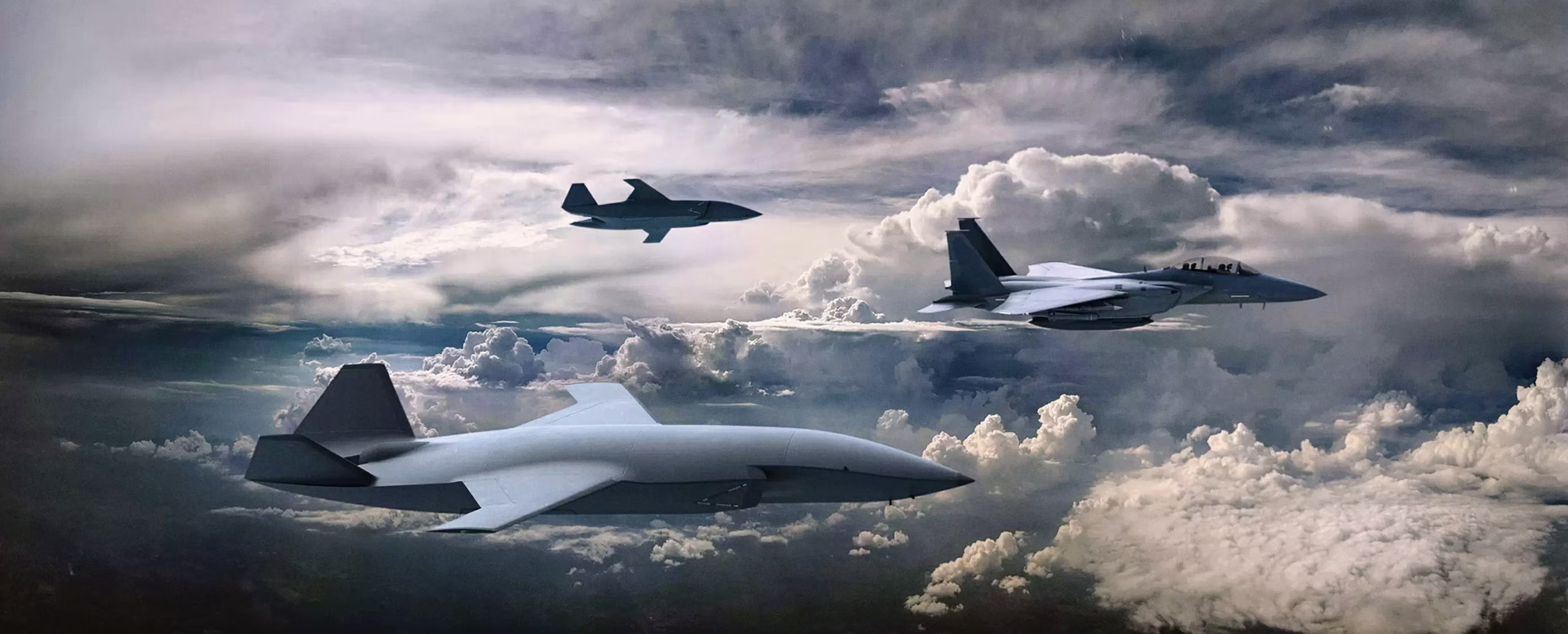Wars are won and lost well before they even start. The key to victory, if the U.S. is forced to engage in a near-peer fight, will rely on the adoption of attritable weapon systems: simplistic in design, rapidly reproducible and highly lethal. It will also depend on a sharper focus on strategic logistics planning and analysis across the defense-industrial base.
Policymakers have taken aggressive steps to shore up the defense-industrial base by harnessing lessons learned and investing in new safeguards and approaches to increase resilience. However, a fair assertion is that these efforts alone are not enough to meet the demands of a near-peer fight.
For example, at the height of World War II, even with the U.S. war production machine operating at max capacity, aircraft manufacturers struggled to meet War Department requirements, forcing carmakers to join the cause. Their valiant efforts were wrought with high learning curves and slower-than-required production rates. This was during a time when the U.S. was very much an insular nation and far less reliant on others for raw materials.
In a near-peer conflict, the interconnected global nature of the United States’ current supply chains and logistics lines of communications will be extremely vulnerable, making the task of supplying the U.S. war machine even more difficult. Today, a near peer does not have to fly deep into enemy territory to destroy an aircraft assembly factory or military repair depot; they simply must find and destroy, or deny critical pieces along the supply chain, which might not even be in the U.S.
The idea of securing every inch of a complex weapon system’s supply chain — while an imperative — is perhaps a near-impossible task. A forward-thinking way to solve this problem is to design and produce war machines that are as simplistic as a paper airplane and as easily replaced as a toy tank, but highly lethal.
The U.S. has done this before. During World War II, several commercial manufacturers across the country produced over 14,000 gliders. While not an always elegant solution, these one-way ticket wood, metal and cloth aircraft were easy to produce at scale, and proved vital in delivering critical combat troops, weapons and supplies to landing zones in mass across Europe and the Pacific.
A more recent example is the large employment of commercial off-the-shelf drones in Ukraine, which have proved very effective on the battlefield. The U.S. Department of Defense should consider investing significant thought and fiscal resources into the development of “gliders” for a novel near-peer battlefield. These new weapons should be simplistic in design, contain readily available U.S.-made parts and be able to be easily built in a distributed manner across multiple manufacturing sectors.
Every domain of warfighting — from communications to aviation, from ground fires to armor and ammunition, and more — should be explored. This effort will require innovators to go back to the proverbial drawing board to develop weapon systems that are “fire and forget,” and hardened against enemy supply chain denial.
Finally, the Department of Defense should consider establishing a single, purposely staffed office that is well positioned within the Office of the Secretary of Defense hierarchy and led by an experienced and commanding voice (career logistics four-star general or admiral) that is devoted to assessing the capabilities and shortfalls of the nation’s means of sustaining war.
Organizations such as the Office of the Assistant Secretary of Defense for Industrial Base Policy are in fact doing the heavy lifting of securing and optimizing the commercial defense supply chain. However, currently there is no one entity that has the task of taking a holistic view and rating the collective health of all the elements required to sustain war. Moreover, there is also not a clear picture as to how the defense-industrial base will operationally respond to a near-peer fight in which planned capacity could disappear overnight due to a sophisticated attack. More broadly, the question of what this may mean to the nature of warfighter employment on the battlefield is an imperative that this new office should answer.
The office should also work collaboratively with sustainment stakeholders across the Department of Defense, such as U.S. Transportation Command, the Defense Logistics Agency, the Joint Staff, warfighting combatant commands and military service-sustainment leads to understanding where gaps and seams exist. Through deep analysis, operational plans-based war gaming and policy recommendations, the defense-industrial base can be ready to support a potential conflict.
In a near-peer fight, the United States’ Achilles’ heel could very well be our reliance on highly lethal but complex weapon systems. While there is no doubt that these weapons will prove to be effective, the question that must be answered today is: What happens when they break down in supply chain-denied environments?
The answer to this question lies in lessons from the past and present, and in deeply understanding the war-winning power of logistics.
U.S. Air Force Lt. Col. Ernest “Nest” Cage is a senior defense fellow at the Center for a New American Security think tank. He previously served as deputy executive assistant to the chairman of the Joint Chiefs of Staff. This commentary does not necessarily represent the official policies or views of the U.S. Air Force and the U.S. Defense Department.








